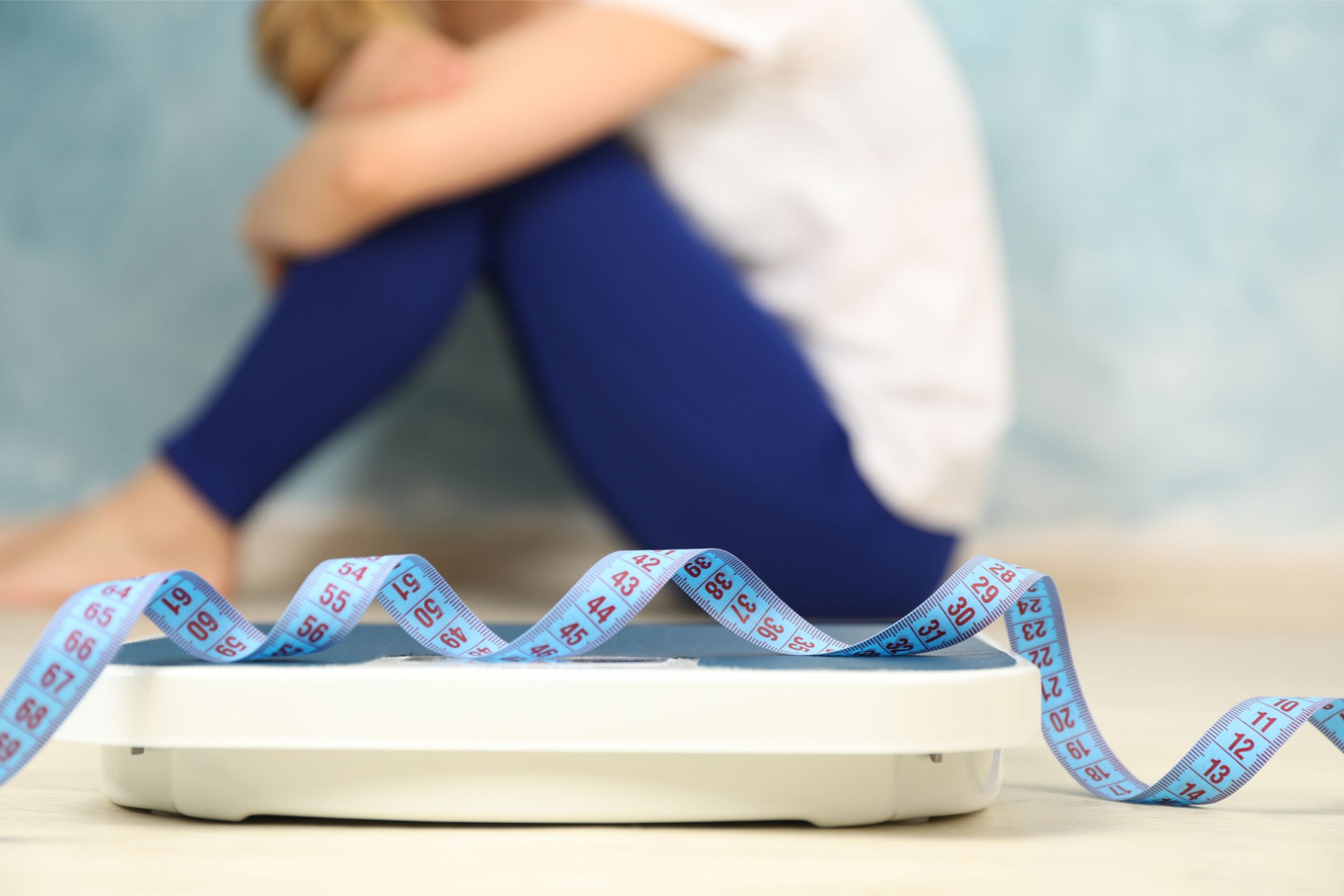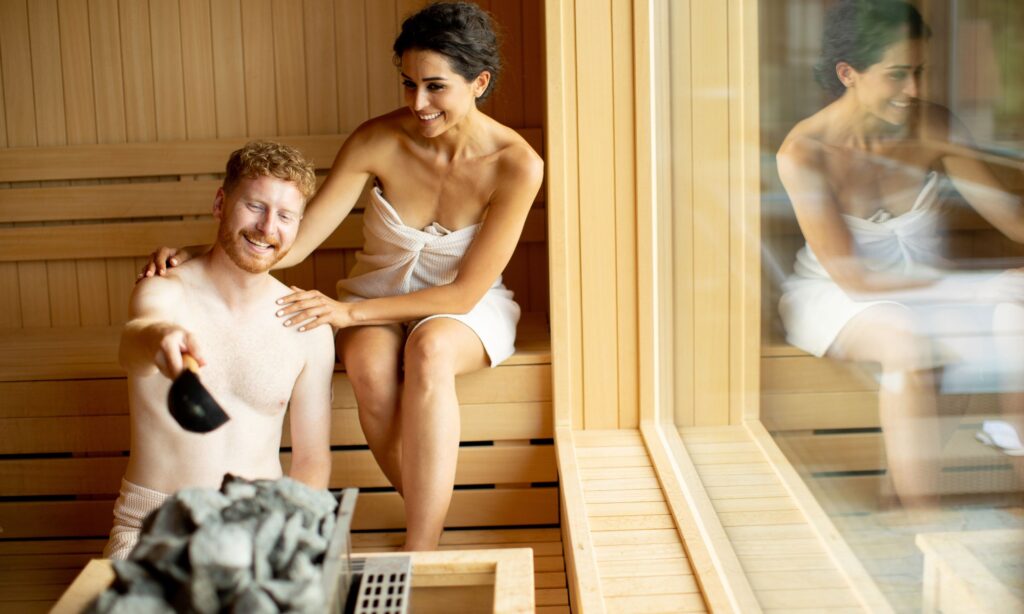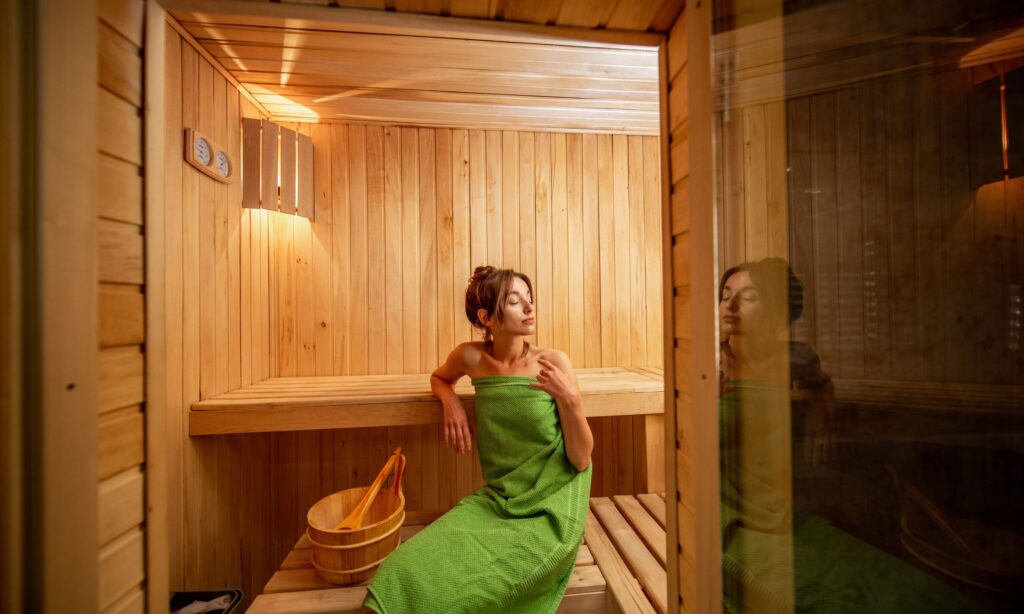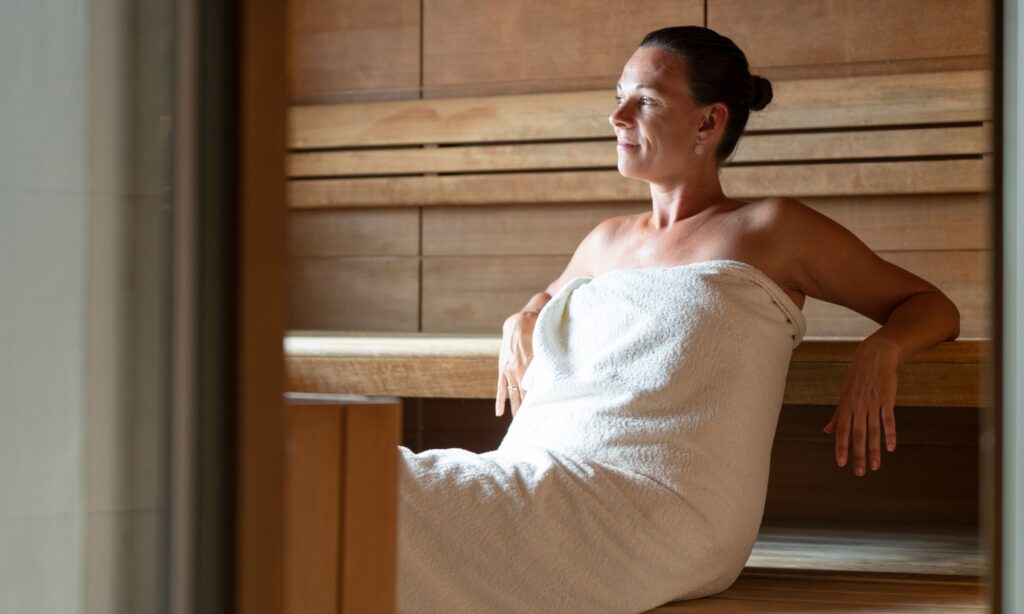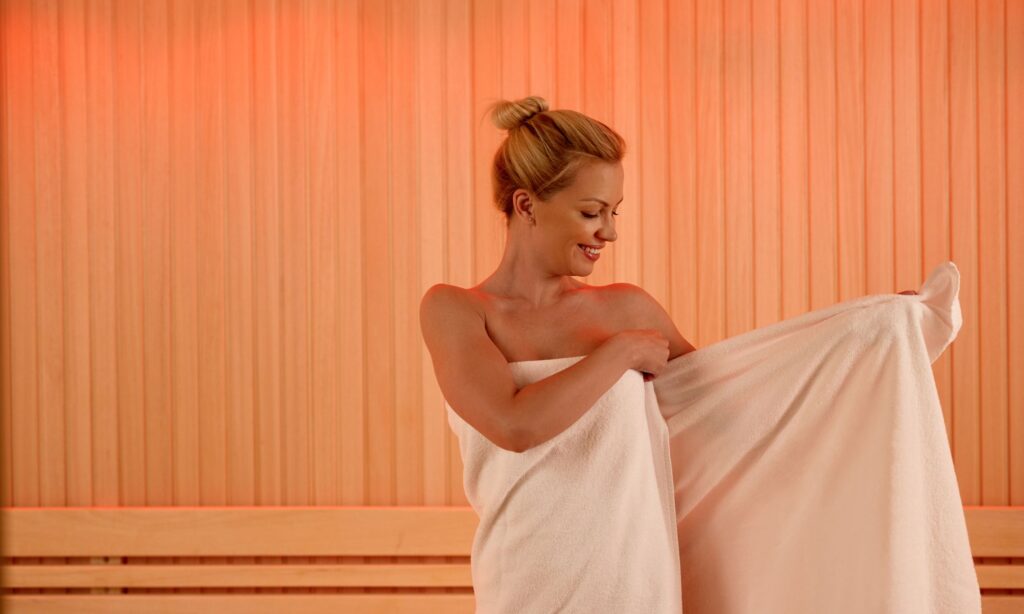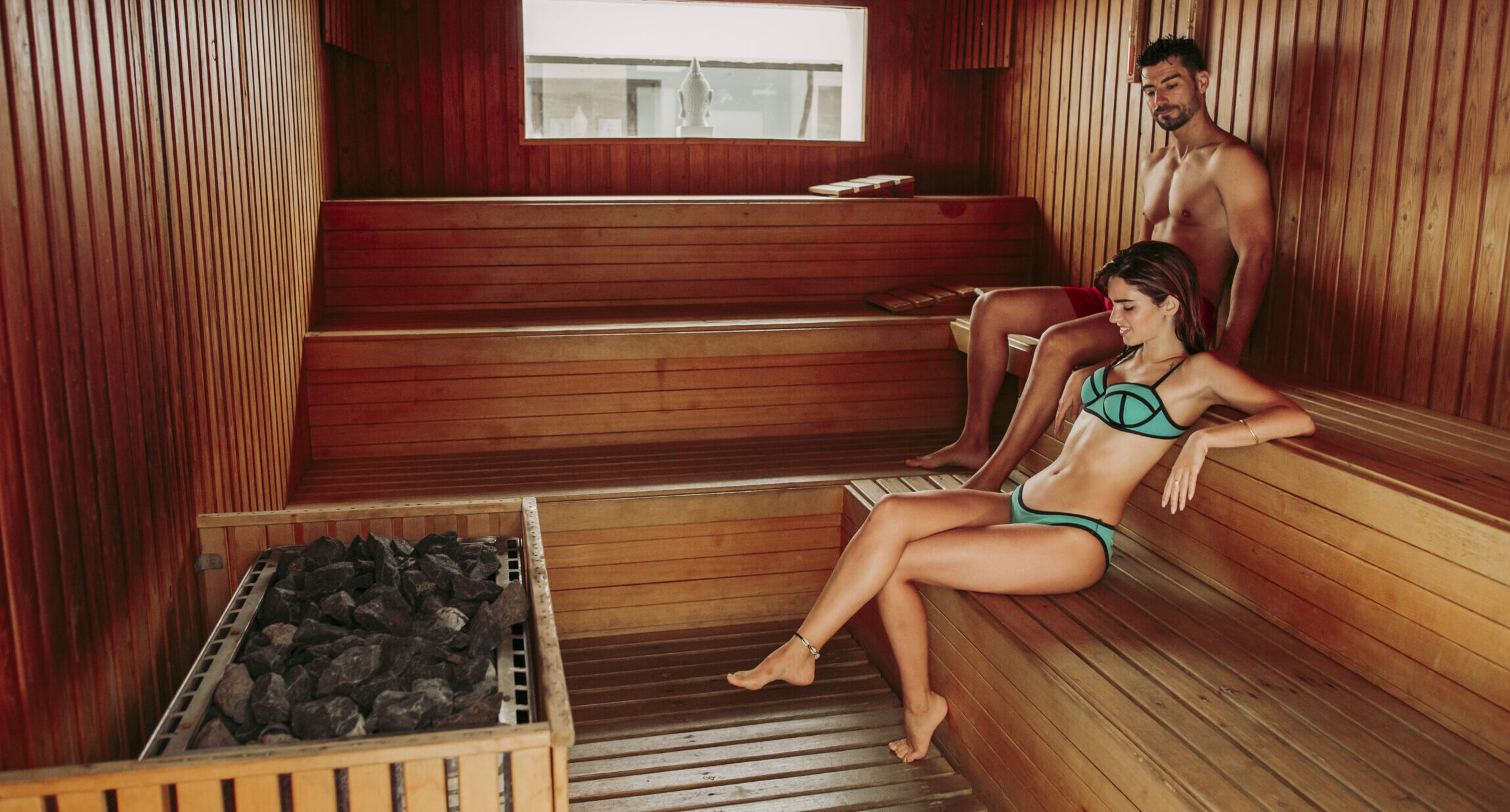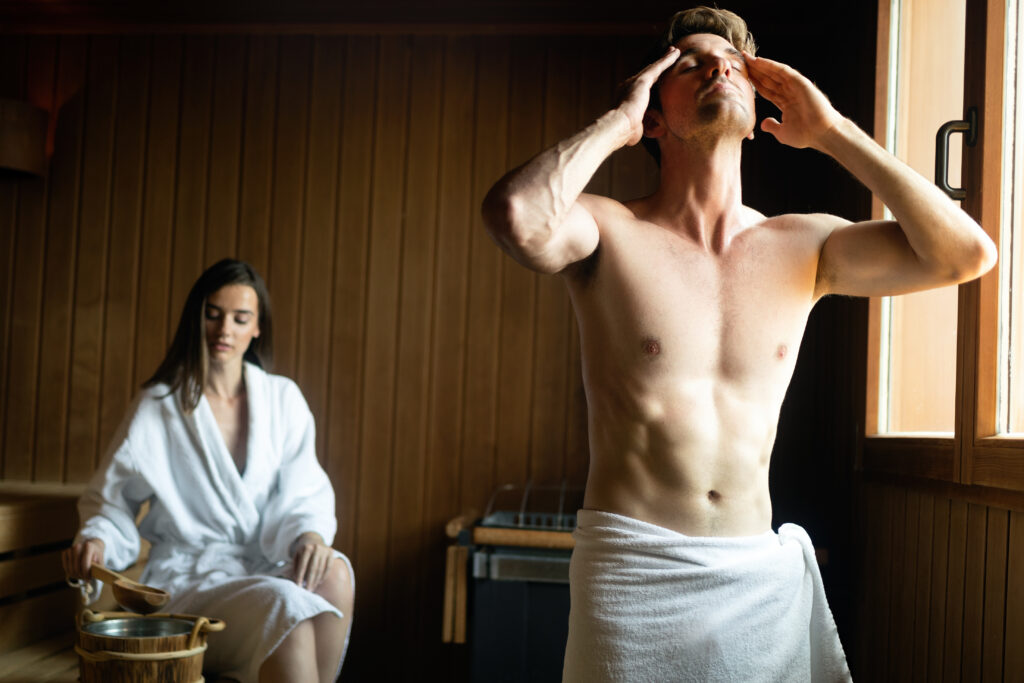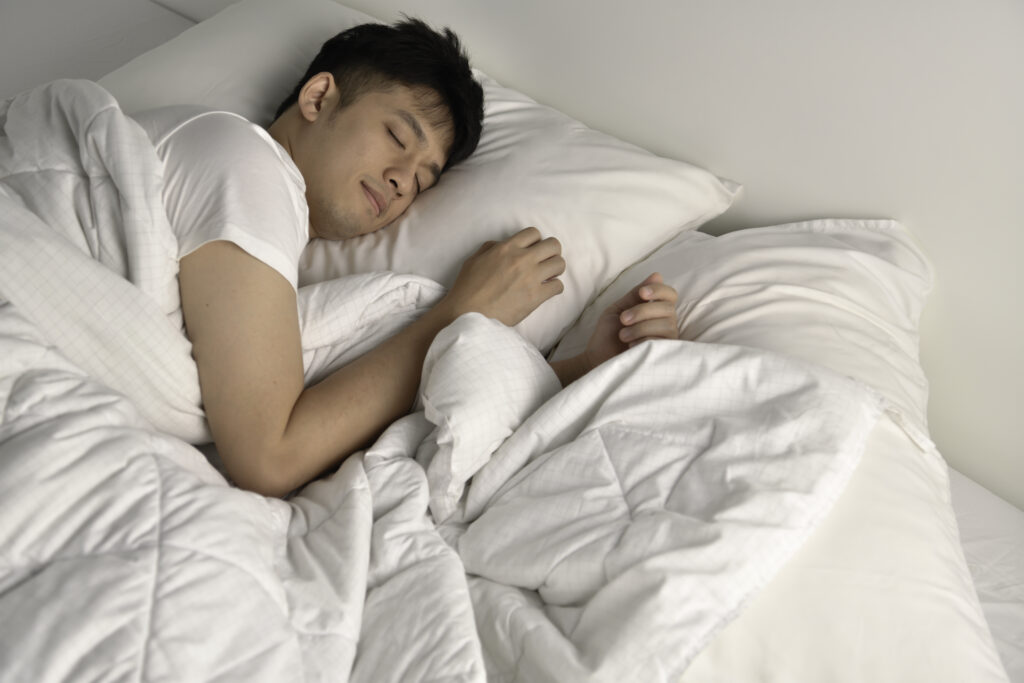Menopause can be a confusing and challenging process for some women, and just like puberty it is something that can be passed through, not avoided. So, the question becomes how to move through menopause in a way that augments health and vitality while minimizing uncomfortable and limiting factors.
As hormones seek to reorganize themselves in a multitude of ways to set women up for the next portion of their lives, one of the symptoms of this process can be a surprising weight gain, usually around the area of the midriff. Even when women maintain their normal exercise and eating habits menopause may still bring about unwanted weight gain.
A recent study from the University of Massachusetts demonstrates that daily sauna use, or at least several times a week, can work directly with hormonal changes to help prevent unwanted menopause related weight gain.
Thermal therapy may have great advantages for both perimenopausal and menopausal women in helping to mitigate hot flashes as well as other uncomfortable aspects of menopause that will be delineated in future articles. This article will focus specifically on preventing unwanted weight gain that may occur during menopause.
Study Details That Determined How and Why Daily Sauna Use May Reduce Weight Gain In Menopausal Women
Research performed at the University of Massachusetts was recently published, and many medical professionals are taking notice of its significance as it affects women moving through the stage of menopause. Researchers Dr. Rong Fan and Dr. Soonkyu Chung performed the study in their lab using mice who had their ovaries removed and were no longer producing estrogen. (1)
Of this group of mice, half of them were exposed to full body heat immersion daily for 30 minutes, while the other half were not. After a 12 week trial period the mice that were exposed to heat therapy daily had greater insulin sensitivity and did not gain weight, while the group that did not receive full body heat treatment gained weight and had no improvement in insulin sensitivity. (2)

As reported by the American Society of Nutrition in concluding remarks on the efficacy of the study:
“The mice receiving the heat treatment showed no tissue damage and exhibited significantly reduced lactate dehydrogenase levels, indicating less aging-related tissue damage. The therapy also effectively mitigated weight gain induced by a high fat diet.” (1)
If we can deduce a similar reaction for women who are losing estrogen production, one could imagine many menopausal women might be running towards a form of heat therapy!
Dr. Fang, one of two team members leading the charge on the study remarked:
“Heat therapy could be a practical option for those with increased abdominal fat and a higher risk of metabolic diseases triggered by menopausal hormonal changes… It could be easily integrated into routine healthcare practices through regular sessions in saunas, heated baths or with specialized heat wraps.” (1)
In the next portion of this article you will learn why and how full body heat immersion can affect a trifecta of changes in the body to help the transition through menopause.
TRPV1’s Relationship to Weight Gain During Menopause and Heat Therapy
- What is TRPV1?
- How Does Heat Affect TRPV?
- What Does This Mean For the Peri or Menopausal Woman?
Recent research has shown that daily sauna time may help to reduce weight gain and insulin resistance in aging women around the time of menopause due to the loss of estrogen production.(1) Now that we understand how the study was conducted, let us embark on figuring out the why of the study.
The researchers examined the molecular processes that occurred as a result of exposure to heat therapy. There are several heat triggered molecular processes that help the body to convert energy and therefore burn fat.
The important king pin in this process is a protein labeled as TRPV1. This protein acts as a calcium ion channel in cell membranes. When awakened by heat, TRPV1 begins a process called ‘futile calcium cycling’ when the body stimulates ATP (energy conversion) which helps to pump calcium ions across cell membranes. Finally, it is this process that burns significant calories. (1)
Furthermore, TRPV1’s activation of calcium cycling stimulates the breaking down of fats around the liver which plays a significant role in increasing insulin sensitivity. Dr. Fan States:
“This series of events suggests that regular application of heat can mimic the effects of calorie burning and fat loss. It could be particularly advantageous for individuals who find physical activities challenging, providing a relaxing way to improve metabolic health.”
The unique activation of TRPV1 via full body heat exposure could spell wonders for women moving through menopause for improved metabolic factors, increased calcium availability, ameliorated insulin sensitivity, and of course for the reduction of fat particularly around the torso.
Let’s look at what type of heat therapy will be most effective for women in this stage of life, as well as how often and for how long they ought to engage in this heat therapy protocol.
The Protocol For How Women Can Use a Sauna To Affect Positive Changes In Their Weight Before, During, and After Menopause
- Steam Rooms, Traditionals Saunas, Sweat Lodges, Hot Tubs, and Infrared Saunas, and Many Other Options
- A Cooler Temperature Is Advised (104 Fahrenheit)
- Daily Use For 30 Minutes
There are many forms of heat therapy that can be used in order to serve the menopausal woman’s needs. Based on the study above, the temperature requirements are relatively low, but the duration (30 minutes) may be longer than some are used to. The daily dose is likely more frequent than some are able or willing to do.
The most important factor in deciding what type of heat therapy device needed is that she is able to control the temperature. Unlike what many ‘sauna connaisseurs’ may recommend, you do not need a very hot sauna in order to activate TRPV1. In fact a temperature that reaches 104 degrees will likely be sufficient. This means that a high temperature traditional sauna may be too hot to complete the task, unless you can stabilize the temperature to a lower one.
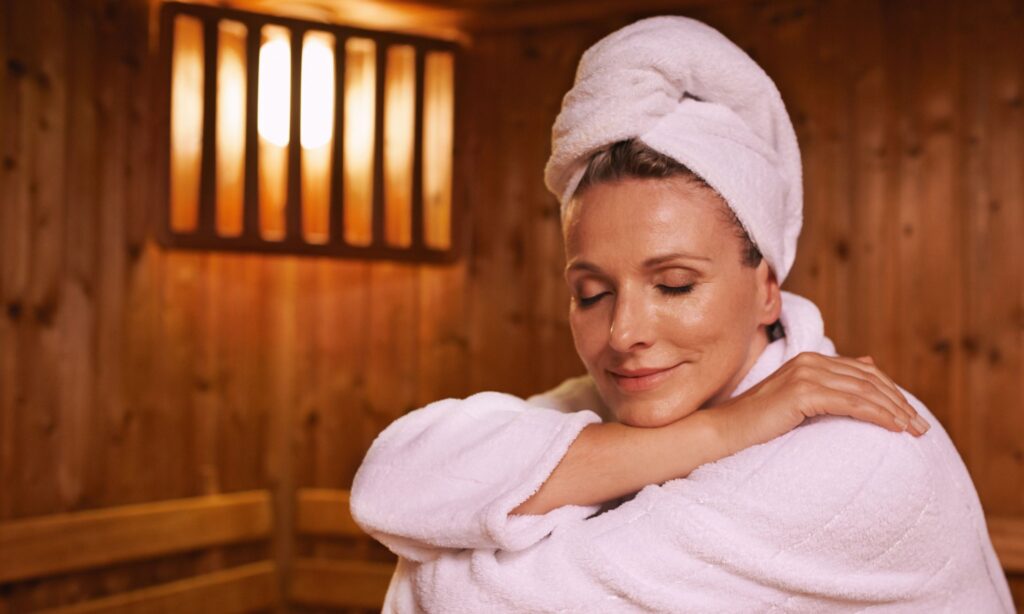
Infrared saunas can have their temperature set to 104 and offer additional benefits from their light frequency as well. A hot bath, or hot tub may also be sufficient to accomplish the activation of TRPV1.
It is important to consistently expose the body to full body heat daily, if possible, and for around 30 minutes.
Please be mindful of the potential risks associated with saunas that go up to the very high heat of 200 degrees Fahrenheit. While this may be a trendy fad among internet based wellness gurus, it is not necessarily the best choice for peri and menopausal women.
Heat Therapy For Menopausal Women: A Bright Future Lies Ahead
Menopause is a complex time in a woman’s life and it is best to work closely with a specialist who can help tailor the best possible program for your individual needs. If you do decide to begin using a sauna as a portion of your overall wellness campaign, please be sure to let your specialist know.
While this article has focused primarily on weight loss for menopausal women, heat therapy has many other benefits to help ease the transition for women from one stage of life to next during their menopausal years. Remember that menopause is a bridge like puberty into a beautiful new chapter in your life that many are not fortunate enough to reach.
You may ease your transitional time in menopause with regular, and even daily heat therapy. Please be sure to drink plenty of fluids that contain electrolytes, and be sure to eat a mineral rich diet that is also minimally processed.
Enjoy your time in your sauna knowing that you are doing a world of good for your body, mind, and emotions!
Sources Cited:
- https://nutrition.org/daily-sauna-time-might-help-prevent-menopause-related-weight-gain/
- https://www.dropbox.com/scl/fi/izd9tz6x0mwaihzk0l3ho/Fan-abstract.docx?rlkey=d3o0eb1tk9dfmxno9f0enqeu3&e=1&dl=0
- https://nutrition2024.eventscribe.net/index.asp?presTarget=2742503

